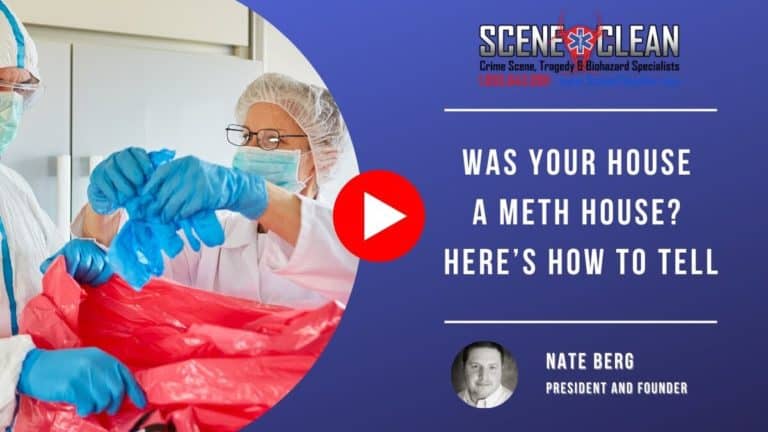Tear gas incidents can leave behind hazardous residues that pose serious health risks. The immediate aftermath isn’t just the chaos and confusion but a lingering, invisible threat: tear gas residue. This hazardous remnant can have severe health consequences, making it essential to remove tear gas residue effectively and safely. This guide provides a step-by-step approach to ensure your property is clean and safe again.
Understanding the Risks of Tear Gas Residue
Short-Term Health Effects
Tear gas, commonly used by law enforcement, can have immediate, painful impacts on those exposed. The short-term effects are often unmistakable: coughing, eye irritation, sneezing, and burning sensations. These symptoms can be distressing and sometimes severe, requiring immediate medical attention.
Long-Term Health Effects
The dangers of tear gas do not end with its immediate effects. Long-term exposure to tear gas residue can lead to more serious health issues such as chemical burns, glaucoma, and even blindness. Therefore, treating the aftermath of a tear gas incident with the same urgency as a biohazard cleanup is crucial.
Preparing for the Cleanup
Personal Protective Equipment (PPE)
Before starting the cleanup, it’s imperative to wear the right protective gear. This includes chemical suits, full-face respirators, and gloves. Proper PPE is necessary to protect yourself from both the short-term and long-term health risks associated with tear gas residue.
Initial Assessment
A thorough initial assessment of the affected area is necessary. Identify the extent of contamination, focusing on areas with visible residues and locations where tear gas particles may have settled. This will help in planning the cleanup process effectively.
Detailed Cleaning Process
Discarding Uncleanable Items
Some items may be beyond salvage. Carpeting, upholstered furniture, and other porous materials often absorb tear gas particles and can be nearly impossible to clean. In many cases, these items should be discarded to prevent any lingering contamination.
HEPA Vacuuming
The first step in the actual cleaning process is HEPA vacuuming. This specialized vacuum cleaner can capture fine particles, including tear gas residues, preventing them from becoming airborne again. It’s essential to vacuum every square inch of the affected area thoroughly.
Washing with Tear Gas Neutralizers
After vacuuming, the next step is to wash the affected surfaces with a tear gas neutralizer. These products are specifically designed to break down the chemicals in tear gas, rendering them harmless. However, this step often requires multiple rounds of cleaning to ensure all residues are neutralized.
Ensuring a Thorough Cleanup
Multiple Rounds of Cleaning
Tear gas residue is notoriously stubborn. It typically requires several rounds of cleaning—sometimes up to three or four—to ensure that all traces are removed. Each round should involve HEPA vacuuming followed by washing with a neutralizer and a cleaner.
Final Inspection
Once the cleaning process is complete, a final inspection is necessary. This includes checking for any remaining residues and ensuring that the air quality is safe. In some cases, professional testing might be required to confirm that the area is free from harmful contaminants.
Post-Cleanup Precautions
Air Quality Testing
Even after a thorough cleaning, it’s wise to conduct air quality testing. This helps ensure that no tear gas particles remain suspended in the air, posing a risk to anyone entering the space.
Ongoing Monitoring
For added safety, consider ongoing monitoring of the area for any signs of residual contamination. This is particularly important in homes with vulnerable individuals such as children, the elderly, or those with pre-existing health conditions.
Conclusion

The process of removing tear gas residue from your property is meticulous and requires a systematic approach to ensure safety. The health risks associated with tear gas, both short-term and long-term, make it imperative to conduct a thorough cleanup. By following the steps outlined above and prioritizing safety, you can restore your property to a safe and livable condition. Contact Scene Clean today to ensure a professional and thorough tear gas residue removal.






